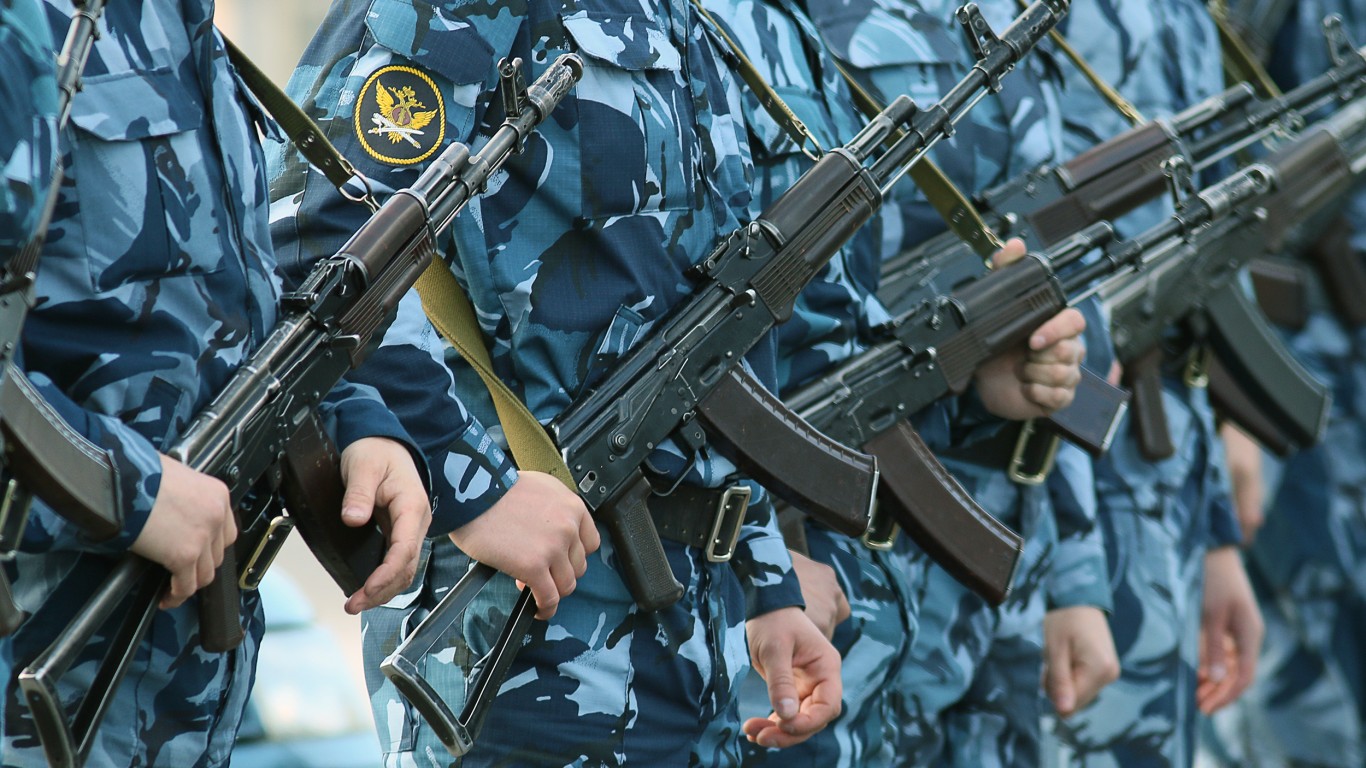
Whether you think the United States is overcommitted or under-committed abroad, this article will give you food for thought. The U.S. is treaty-bound to defend over 50 countries. We’ve consulted the U.S. State Department for a full list of the country’s current military treaty obligations and provided some analysis from 24/7 Wall St.’s geopolitical specialist with 20 years of teaching experience on the subject. See if you agree with America’s alliance commitments—what countries would you add or subtract from the list?
Practical Uses for This Information
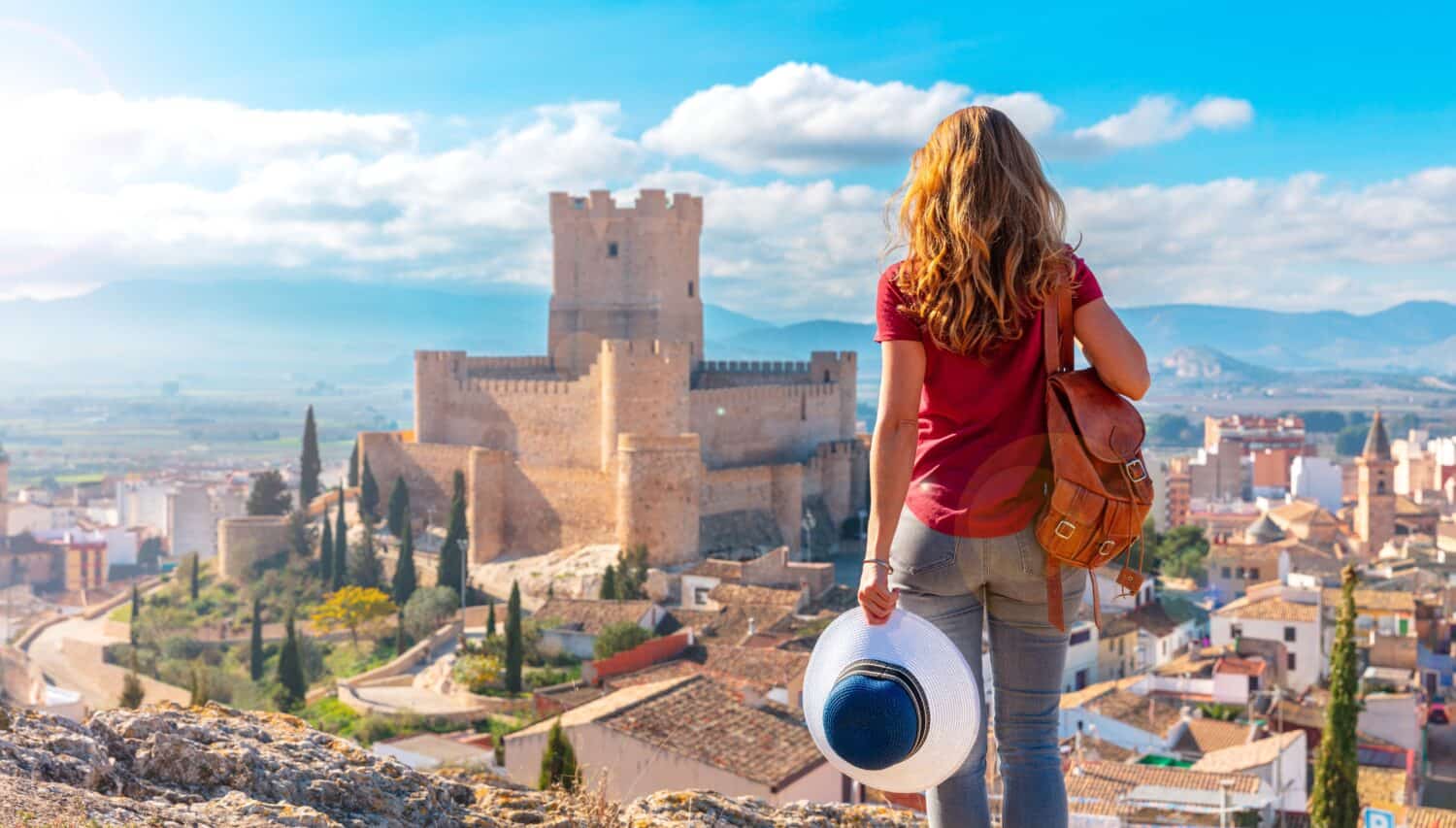
The information in this article can help you engage in political discussions armed with more insight into what countries we are allied with and why. It can also help you identify countries that are more friendly to the U.S. and might be good choices for travel, business investment, or living abroad. You might also be able to appreciate more the tremendous sacrifices of previous generations that have turned so many previous American enemies into allies.
The Paradox of American Alliances

From its inception, the United States has had a paradoxical attitude toward the rest of the world. On the one hand, we see ourselves as a “City on a Hill”—a land of liberty that stands as an example to the rest of the world. On the other hand, we have had an aversion to getting involved in “entangling alliances.”
For much of our history, the vast Atlantic and Pacific Oceans afforded the United States blissful isolation from the troubles of the Old World. This ended when World War I and II showed us that non-involvement can let foreign threats get so out of control they can threaten the American homeland. So, through a system of alliances, the United States maintains a deep defensive perimeter for our West coast in Asia and for our East coast in Europe. We work with our allies to deter major power rivals and to develop strategies to counter emerging threats.
NATO

The United States’ most vital alliance is the North Atlantic Treaty Organization. Founded in 1949 to counter the expansionist Soviet Union and continuing to oppose Russian expansionism today, NATO has helped provide unprecedented peace, stability, and prosperity to Europe. The unity of the alliance outlasted its East European rival, the communist Warsaw Pact, and eventually absorbed most of its members.
NATO Member Nations

NATO’s members today include: Albania, Belgium, Bulgaria, Canada, Croatia, Czechia, Denmark, Estonia, Finland, France, Germany, Greece, Hungary, Iceland, Latvia, Lithuania, Luxembourg, Montenegro, the Netherlands, North Macedonia, Norway, Poland, Portugal, Romania, Slovakia, Slovenia, Spain, Sweden, Türkiye, the United Kingdom, and the United States.
Three other countries have announced their intention to join NATO: Bosnia and Herzegovina, Georgia, and Ukraine. Bosnia’s membership is somewhat problematic because of its deep ethnic divisions that threaten the country’s peace and stability. Georgia is not fully in control of its territory because of prior intervention by Russia in disputed regions. And Ukraine is currently involved in a full-scale war with Russia. Until peace settlements with Russia are reached, the latter two countries are unlikely to attain full NATO membership.
The One Time NATO Defended a Member
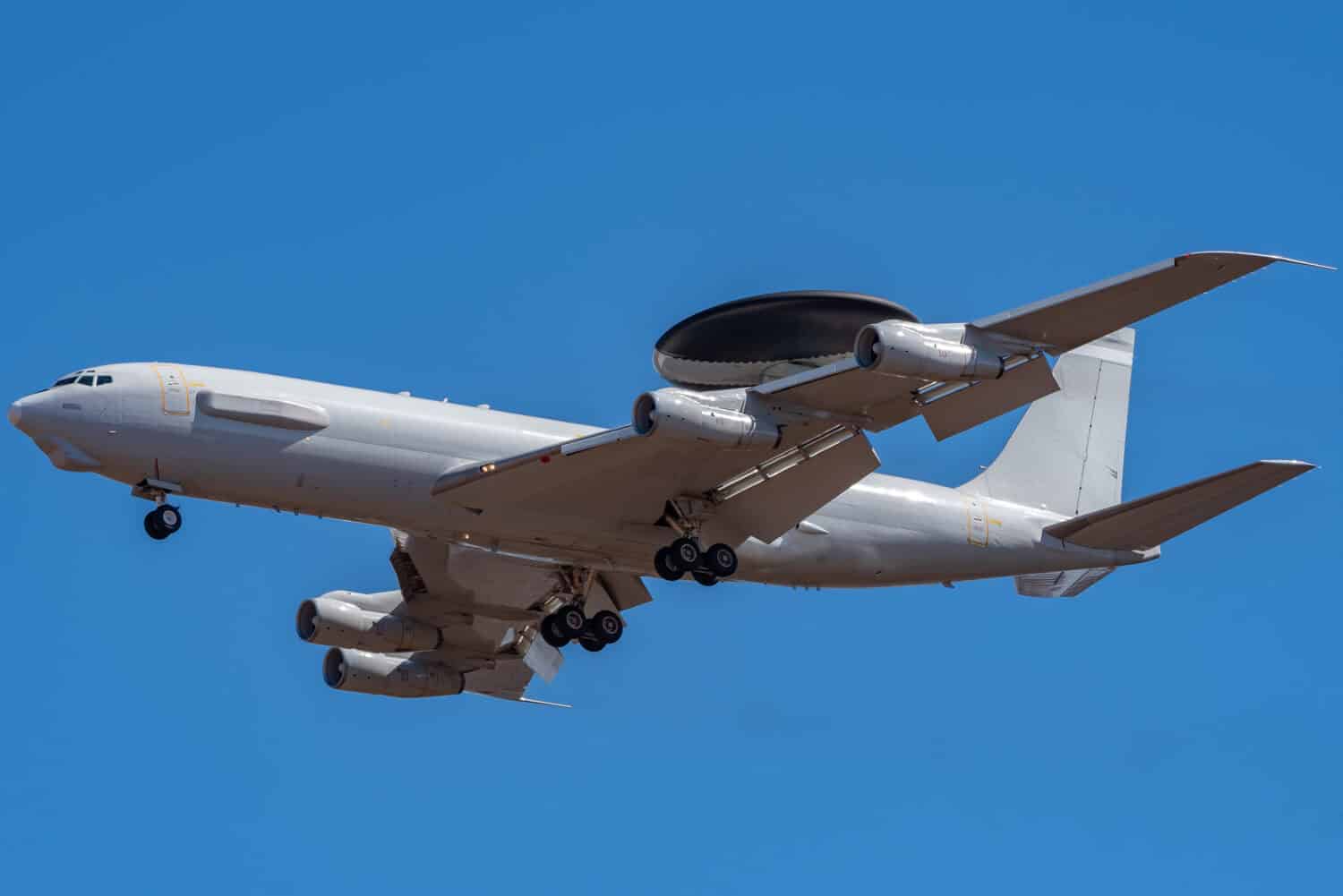
In Article 5 of the NATO treaty, member nations commit themselves to consider an attack on any one of them an attack on all. The first and only time this treaty has ever been invoked was when the United States was attacked on September 11, 2001. The other NATO allies agreed this was an attack on them all and came to the defense of the United States.
In a practical expression of this collective defense, NATO dispatched 7 Airborne Early Warning and Control Systems Aircraft (AWACS) from Europe to the U.S. mainland to patrol the skies and prevent further attacks. Named Operation Eagle Assist, in this 7-month mission, 830 crew members from 13 different NATO countries defended American skies for 4,300 hours in over 360 operational sorties.
The Rio Treaty

Ever since the Monroe Doctrine of 1823, the United States had forbidden European countries from starting new colonies in the Americas. As the Cold War with the Soviet Union started up after World War II, the U.S. sought to shore up its hegemony in the New World with the 1947 Inter-American Treaty of Reciprocal Assistance. Because the name is so clunky, it is commonly called the Rio Treaty or the Rio Pact because it was signed in Rio de Janeiro.
The treaty is a collective defense agreement between the United States and over a dozen Latin American countries by which an attack on one is considered an attack on all. However, numerous American interventions in the Caribbean and Central America, as well as its support for the United Kingdom during the Falkland Islands War with Argentina, have damaged the treaty’s reputation with some of the region’s countries.
Rio Treaty Members

The current members of the Rio Treaty are: Argentina, the Bahamas, Brazil, Chile, Colombia, Costa Rica, the Dominican Republic, El Salvador, Guatemala, Haiti, Honduras, Panama, Paraguay, Peru, Trinidad and Tobago, the United States, Uruguay, and (maybe) Venezuela. Venezuela’s membership status is unclear because its government has sent conflicting messages about its intentions.
Former Rio Treaty Members

Cuba was suspended from the treaty in 1962 due to its alliance with the Soviet Union and involvement in the Cuban Missile Crisis. Many Latin American countries were disappointed when the United States supported Britain in its war with Argentina over the Falkland Islands. This, and concerns about U.S. involvement in wars in the Middle East, led Mexico to withdraw from the treaty in 2002. Over the next 15 years, Bolivia, Ecuador, and Nicaragua also left to start a new alliance of their own.
The ANZUS Treaty
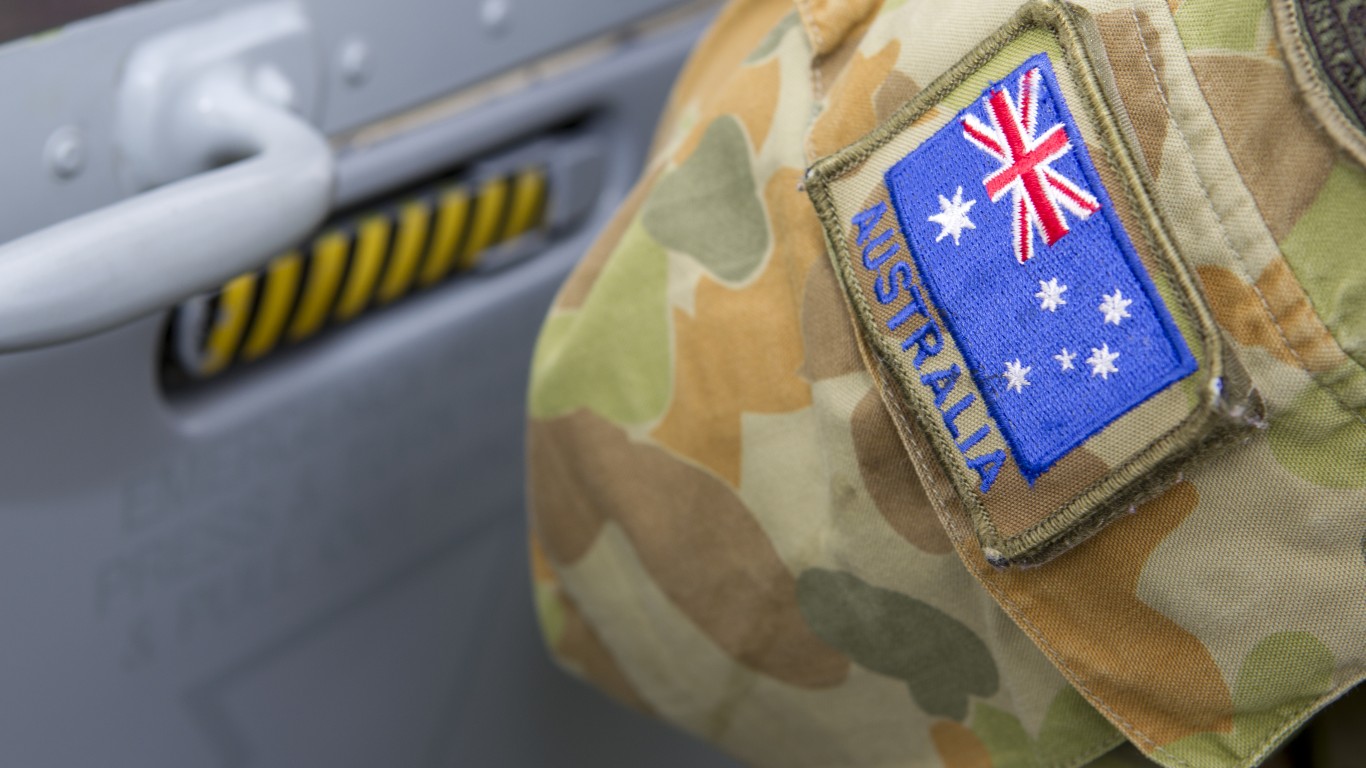
The full name of the ANZUS treaty is the Australia, New Zealand, and United States Security Treaty. This collective security pact started in 1951 to formalize cooperation between these English-speaking countries to maintain security in the South Pacific. Australia and New Zealand were concerned about the spread of communism in Southeast Asia and felt that the United Kingdom was too preoccupied with European affairs to be able to offer adequate assistance to them, so they looked to the United States as a partner. Australia and New Zealand sent forces to support the United States in the Vietnam War.
Expanding and Contracting ANZUS
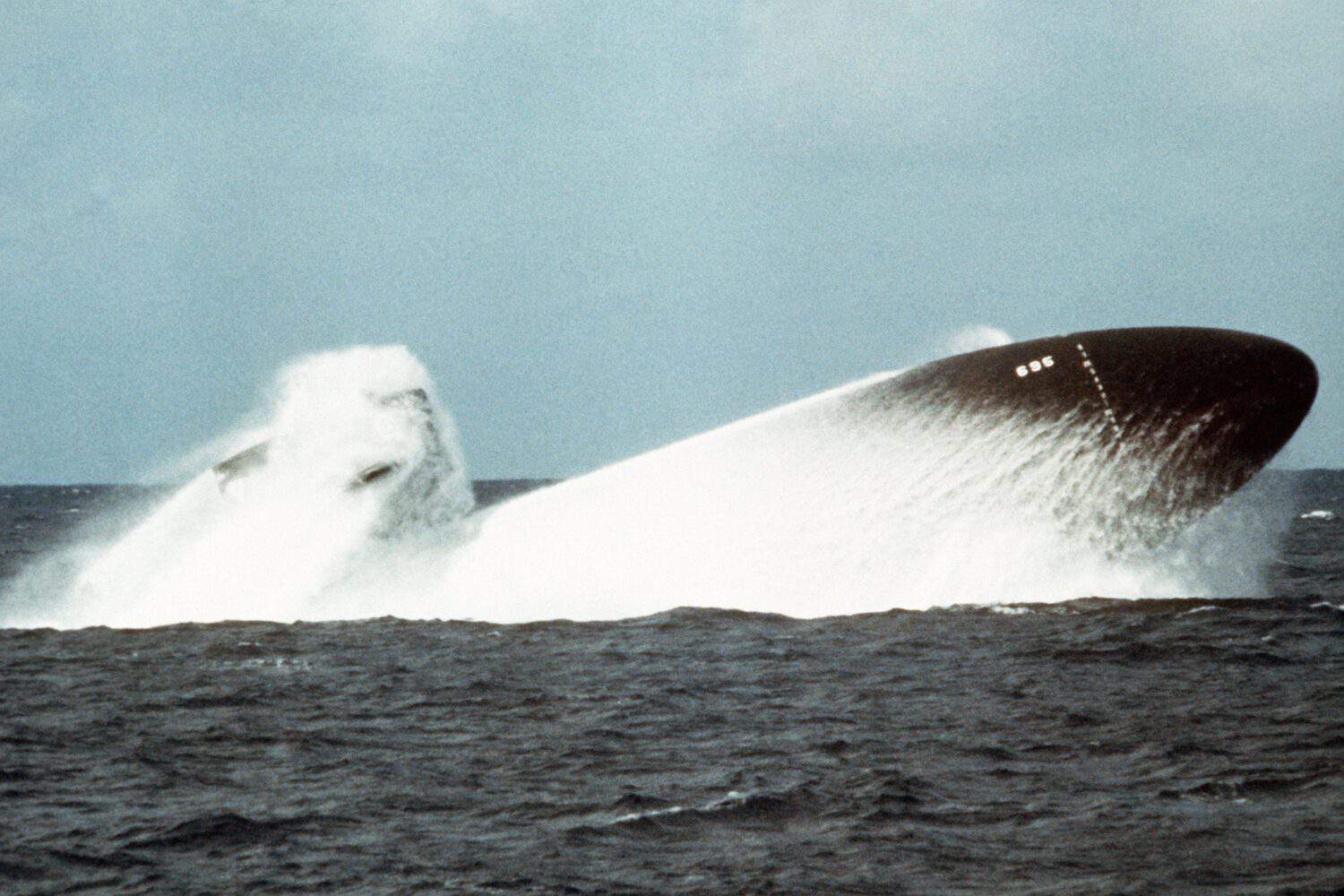
No new countries actually joined ANZUS besides the original 3, but from 1954-1977 they all joined a new treaty organization, SEATO (the Southeast Asia Treaty Organization, also known as the Manila Pact). It included Australia, France, New Zealand, Pakistan, the Philippines, Thailand, the United Kingdom, and the United States. Pakistan left SEATO when the alliance failed to support it in its war with India. When the Vietnam War ended in 1975, the organization lost its main purpose and disbanded a couple of years later.
ANZUS has not been disbanded, but in 1984 New Zealand declared itself a nuclear-free zone and refused to allow U.S. nuclear-powered submarines to visit its ports. Two years later the United States announced it was suspending its treaty obligations to New Zealand.
Bilateral Defense Treaties

The United States has signed mutual defense treaties with some countries that are not part of a wider security alliance. These are the Philippines (1951), Korea (1953), and Japan (1960). All three are on the Pacific rim of Asia, and all three are countries where American veterans have fought in the past for freedom in World War II and the Korean War. Our alliances with these countries maintain freedom of the seas and contain the influence and expansionism of our regional adversaries: Russia, North Korea, and China.
Major Non-NATO Allies
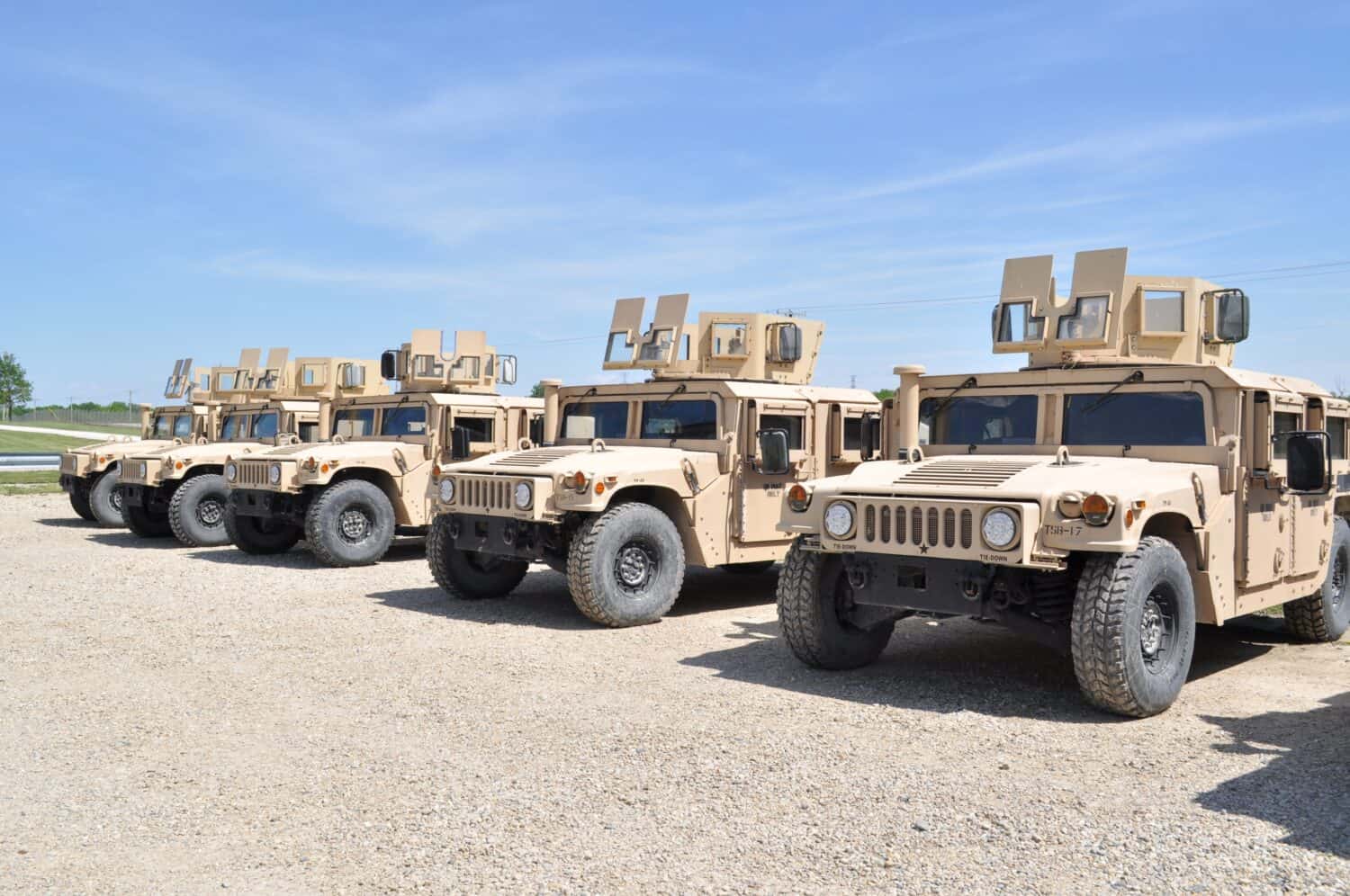
In the modern era, it is not always advantageous to enter a formal alliance with another country, especially if the United States wants to maintain good relationships with both that country and its local rivals. In 1987, Congress passed legislation allowing the U.S. to enter cooperative relationships with significant non-NATO friends of the United States.
The status of “Major Non-NATO Ally” allows these countries to receive U.S. military training, purchase depleted uranium anti-tank rounds, receive American military surplus equipment and supplies, house American War Reserve Stocks of U.S.-owned equipment, participate in cooperative research and development, gain access to space technology, receive American financing to purchase or lease defense equipment, and other benefits.
Current Major Non-NATO Allies

The current nations with MNNA status are Argentina, Australia, Bahrain, Brazil, Colombia, Egypt, Israel, Japan, Jordan, Kuwait, Qatar, Morocco, New Zealand, Pakistan, Philippines, Singapore, South Korea, Thailand, and Tunisia. Taiwan does not have formal MNNA status in order not to provoke China, but Congress has mandated that it be given all the same privileges.
MNNA status does not mean the United States is treaty-bound to defend these countries. However, the U.S. does have bilateral defense treaties with some of them as described earlier in this article. The most controversial country in this category is Pakistan. Motions have been made in Congress several times to remove its MNNA status because of its lackluster participation in anti-terrorism efforts.
Possible Future Major Non-NATO Allies
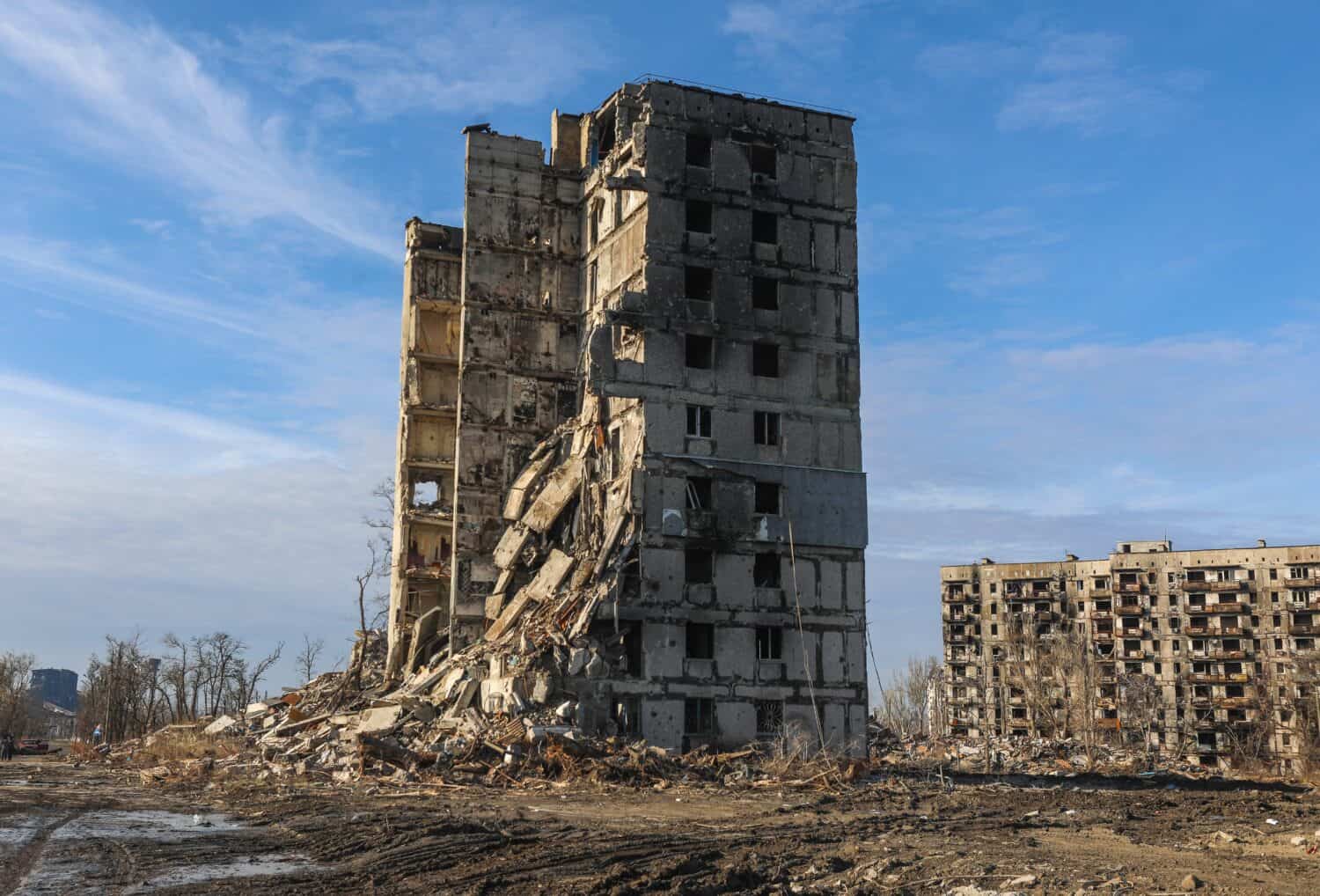
Countries in Eastern Europe and the Persian Gulf have been suggested as potential Major Non-NATO Allies needing protection from Russia and Iran, respectively. These include Armenia, Georgia, Moldova, and Ukraine as well as Saudi Arabia, Iraq, Oman, and the United Arab Emirates. Because MNNA status does not require the United States to come to these countries’ defense, it would be possible even in cases like Ukraine, where an active war with Russia is going on.
India is designated as a “Major Defense Partner” with many of the same privileges as an MNNA, but just short of that full status. India is the most populous nation in the world, the world’s largest democracy, and a major rising economic and military power. It is an important partner with the United States to balance the ambitions of neighboring China. However, its bitter rivalry with Pakistan means that the U.S. will most likely have to favor one or the other. In recent years, Pakistan’s imperfect cooperation in the War on Terror has nonetheless been helpful at times in the Afghanistan theater.
What Do Americans Think of Our Alliances?

In recent years support for U.S. alliances has become a partisan issue. However, a September 2023 survey by the Chicago Council on Global Affairs showed that a majority of Americans think our alliances benefit the country. Questioned about several specific geopolitical regions, a majority of those polled supported U.S. alliances in Europe, East Asia, and the Middle East.
Given the historical context of our alliances, their success in maintaining peace in formerly war-torn places like Europe, and the support of the American people for them, it is likely that the United States will continue its partnerships around the world regardless of which party controls the government.
It’s Your Money, Your Future—Own It (sponsor)
Retirement can be daunting, but it doesn’t need to be.
Imagine having an expert in your corner to help you with your financial goals. Someone to help you determine if you’re ahead, behind, or right on track. With SmartAsset, that’s not just a dream—it’s reality. This free tool connects you with pre-screened financial advisors who work in your best interests. It’s quick, it’s easy, so take the leap today and start planning smarter!
Don’t waste another minute; get started right here and help your retirement dreams become a retirement reality.
Thank you for reading! Have some feedback for us?
Contact the 24/7 Wall St. editorial team.

